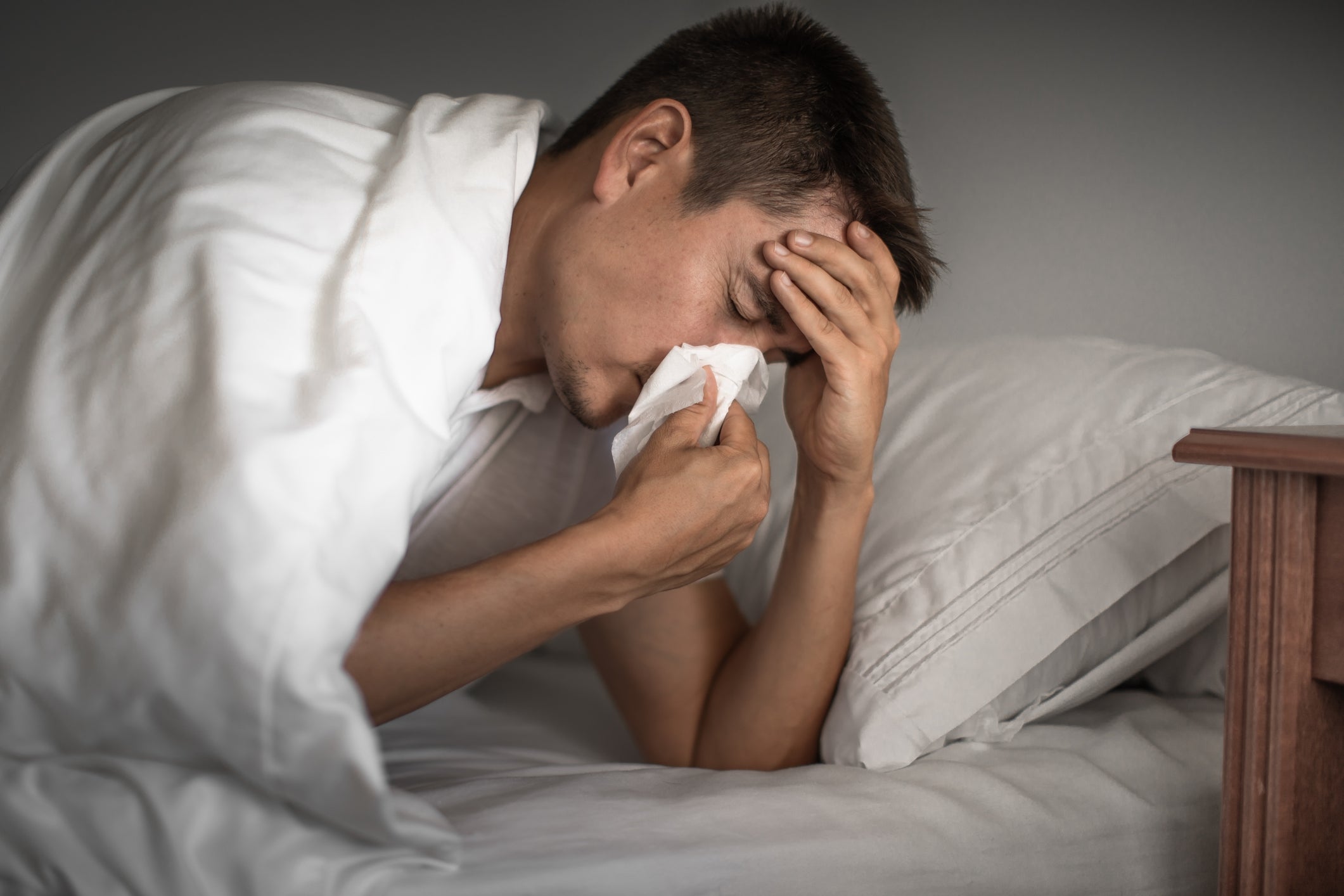A patent for a highly sensitive test to detect the presence of the "date rape" drug, GHB, has recently been granted to the University of California, Santa Barbara.
Several companies have expressed interest in developing and marketing the test, which can be designed as a kit with small strips of paper that change from white to intense purple color in a few seconds if GHB is present.
The UCSB test is the most rapid one available that is also sensitive, according to the researchers. At this time there are other tests on the market with such poor sensitivity that only dangerously high levels of GHB can be detected.
Speedy and sensitive detection is extremely important in emergency room settings where comatose patients must be rapidly diagnosed. And law enforcement officials can use the test to detain individuals in possession of GHB. The test can also be used to quickly check a drink for the presence of GHB.
The UCSB team has developed a test that is so sensitive that GHB can be detected in just one quarter of a drop of urine, blood or alcoholic beverage.
The research to develop the test began a few years ago when Harold Penn, a local Santa Barbara entrepreneur, was disturbed by news reports of a local date rape case involving a student at the Brooks Institute of Photography who had been drugged with GHB and then raped. He asked his friend David Harris of UCSB's Department of Chemistry and Biochemistry if a test could be developed to detect GHB. Then Penn wrote the first of two checks to help support the research.
The chair of the department at the time was Stanley Parsons, and he asked Dawn Bravo, a Ph.D. student who works in his lab, if she wanted to help him on the research and she agreed. Another collaborator is Karl Sporer, an emergency room physician at San Francisco General Hospital and UC San Francisco, who has direct experience with patients who have been drugged with GHB.
Bravo said she finds it "extremely motivating" to be working with an emergency room physician who needs the test. She also feels motivated to help with the prevention of crimes against women. And, she said that it was so rewarding for a member of the community to invest money in the research that she felt great responsibility to see it through.
"I would love to develop more medically oriented research to benefit humanity," said Bravo. "I want the science to go somewhere. It makes me feel complete at this initial stage of my career to take a project like this from start to finish."
The substance GHB (gamma-hydroxybutyrate) is very dangerous. And there is a narrow range of response to the drug, depending on the dose, from mild euphoria to death. This dose response drastically increases when mixed with alcohol. GHB is usually distributed as a solution of unknown concentration. An individual can easily ingest a dangerous amount of GHB, especially when mixed with alcohol. A small dose can render a person unconscious within five to ten minutes, explained Bravo.
"It's a 'schedule one' drug like heroin, designated 'most severe drug' by the U. S. Drug Enforcement Agency," she said. "The drugged person may be comatose and doctors may have no idea what is wrong. The person can then wake up feeling refreshed because the drug works on the nervous system to cause deep relaxation, a trance-like state called absence seizure, and amnesia. Women may be completely unaware that they've been raped."
To develop the test, Bravo first performed an extensive literature search for an appropriate bacterial enzyme that could carry out a reaction that would cause an intense color to form when GHB is present. She chose to clone the gamma-hydroxybutytrate dehydrogenase (GHB-DH) gene from the bacterium Ralstonia eutropha. The GHB-DH gene was inserted into Escherichia coli in a form that makes easily isolated enzyme. The commercial enzyme diaphorase and other common reagents then are added to purified GHB-DH. In the presence of GHB, the mixture reacts with colorless prodye to form a strong dye.
According to the U.S. Drug Policy Information Clearinghouse, "in the United States, GHB is produced in clandestine laboratories with no guarantee of quality or purity, making its effects less predictable and more difficult to diagnose. GHB can be manufactured with inexpensive ingredients and using recipes on the Internet."



